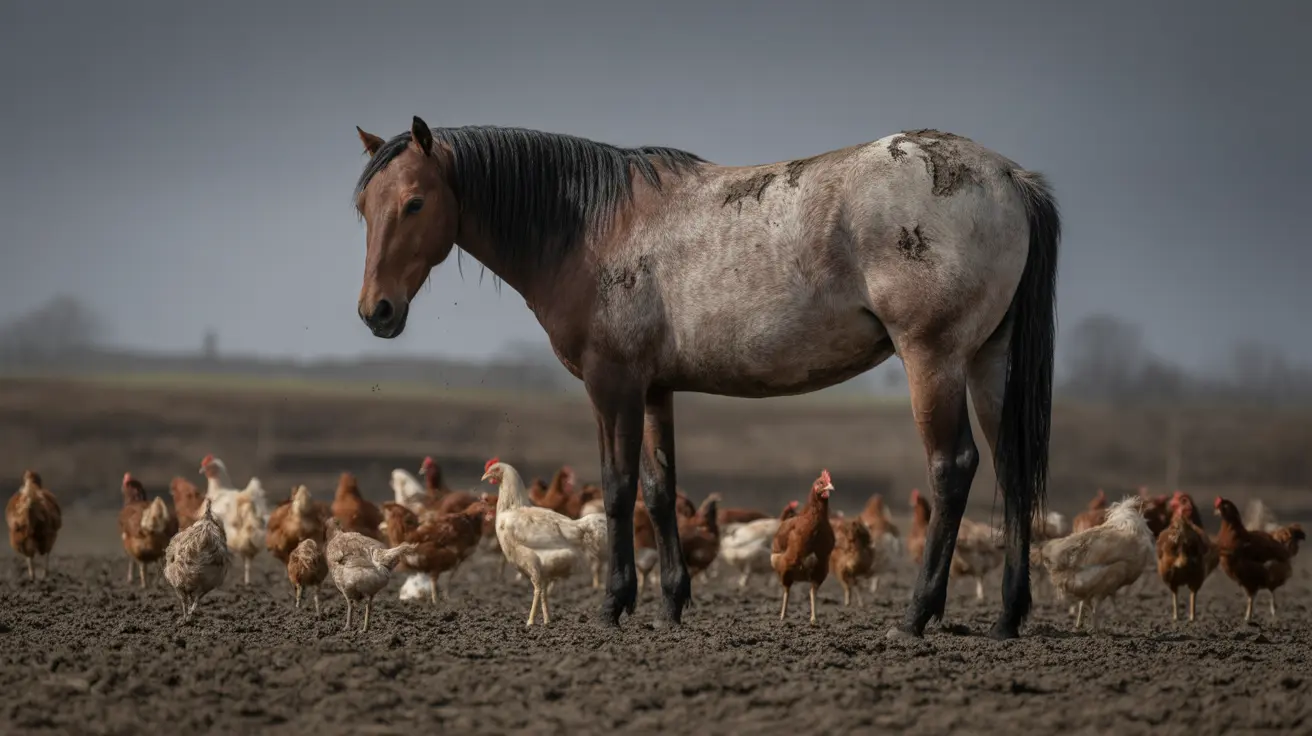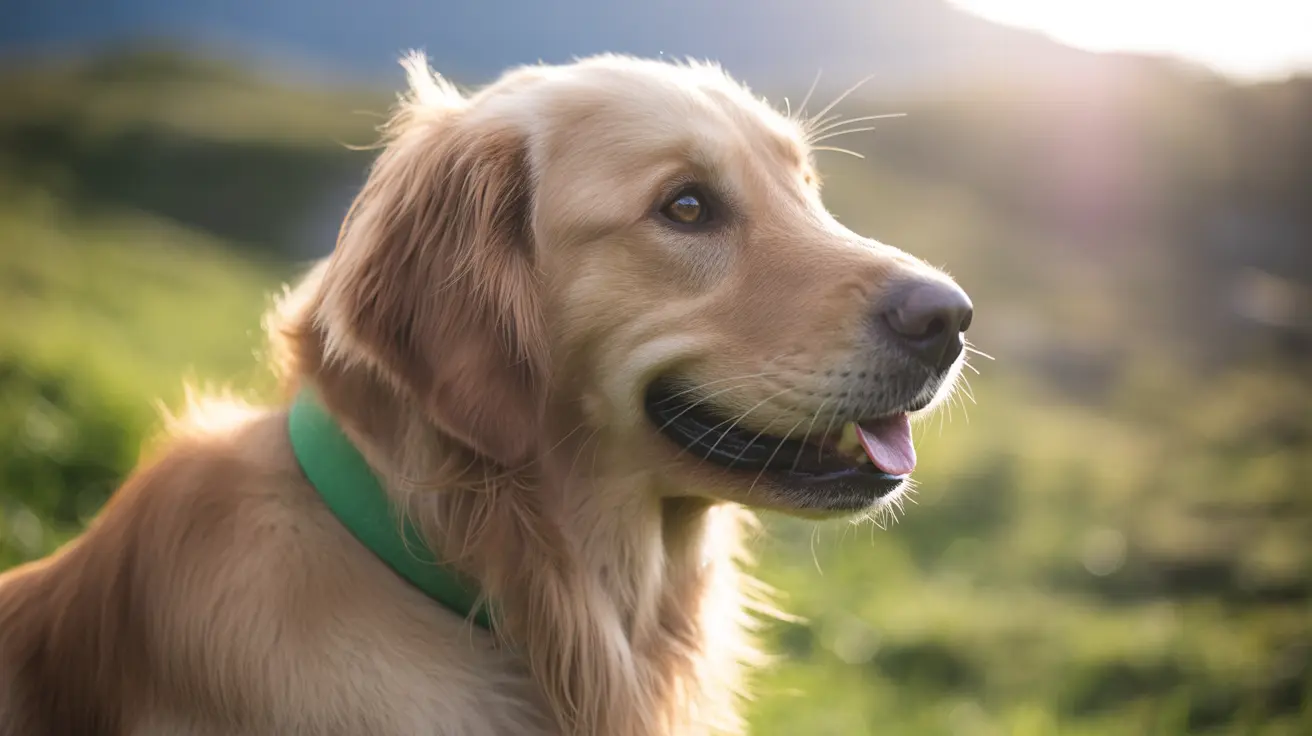A horse stable owner in Verona has pleaded guilty to aggravated animal cruelty charges, highlighting the serious consequences of horse malnutrition and neglect in private facilities. This case serves as a stark reminder for pet owners and equine enthusiasts about the critical importance of proper animal care and the legal ramifications when standards fall short.
The conviction underscores ongoing concerns about oversight at private horse facilities and the need for better recognition of signs of horse neglect. For horse owners and those involved in equine care, understanding the warning signs of malnutrition and the proper steps for intervention can make the difference between life and death for these magnificent animals.
Understanding Horse Malnutrition and Body Condition Assessment
Horse malnutrition manifests through several visible indicators that responsible horse owners and stable visitors should recognize. The most obvious signs include protruding ribs and hip bones, poor coat quality, lethargy, and untreated wounds or injuries. These symptoms often develop gradually, making early detection crucial for preventing severe health consequences.
Professional veterinarians and equine specialists rely on the Henneke Scoring System to evaluate horse body condition objectively. This horse body condition scoring method uses a scale from 1 (emaciated) to 9 (obese), with an ideal score ranging between 4 and 6. Horses scoring below 3 are considered dangerously underweight and require immediate intervention.
Legal Framework for Aggravated Animal Cruelty New York
Under New York state law, aggravated animal cruelty New York statutes provide serious legal consequences for those who neglect or abuse animals in their care. Section 353-a of the Agriculture & Markets Law classifies aggravated animal cruelty as a felony offense, which can result in significant fines and imprisonment for convicted individuals.
The Verona case demonstrates how horse stable neglect laws are enforced when authorities discover evidence of systematic animal abuse. These legal protections exist specifically to safeguard vulnerable animals who cannot advocate for themselves, particularly in private facilities where oversight may be limited.
Rehabilitation Process for Malnourished Horses
Rehabilitating malnourished horses requires careful veterinary oversight and a gradual approach to avoid potentially fatal complications. The process begins with thorough medical evaluation, including assessment for parasites, dental issues, and underlying health conditions that may have contributed to the animal's deteriorated state.
One of the most dangerous aspects of recovery is refeeding syndrome in horses, a potentially life-threatening condition that can occur when severely malnourished animals receive too much food too quickly. This syndrome can cause electrolyte imbalances, organ failure, and death if not properly managed through controlled feeding protocols.
Feeding starved horses must be done under veterinary supervision, starting with small, frequent meals of easily digestible, high-quality hay and gradually increasing portions as the horse's digestive system adapts. Equine parasite control also plays a crucial role in recovery, as heavily parasitized horses cannot effectively utilize nutrients even when adequately fed.
Prevention and Reporting Mechanisms
Private horse stable oversight varies significantly across jurisdictions, making it essential for community members to understand their role in animal cruelty reporting for horses. Anyone suspecting neglect should document their observations with photographs and detailed notes before contacting local animal control or law enforcement agencies.
Proper equine veterinary care includes regular health examinations, dental care, vaccination schedules, and nutritional assessments. Responsible stable owners should maintain transparent records of veterinary visits, feeding schedules, and horse nutrition evaluation results to demonstrate their commitment to animal welfare.
Horse welfare enforcement depends heavily on community vigilance and professional oversight. Advocates recommend implementing licensing requirements for private stables, mandatory periodic inspections, and educational programs for horse owners about proper nutrition and care standards.
Frequently Asked Questions
How can I recognize if a horse is malnourished or suffering from neglect?
Look for clear signs such as visible ribs and hip bones, low body fat, poor coat condition, lethargy, and untreated wounds. A body condition score (BCS) using the Henneke Scoring System between 1 (emaciated) and 9 (obese) helps assess malnutrition severity.
What steps should I take if I suspect a horse at a private stable is being neglected?
Report your concerns to local animal control or sheriff's office with as much detail as possible, including photos and observations of the horse's condition. Authorities can initiate investigations and veterinary assessments to confirm neglect and intervene.
How is a malnourished horse safely rehabilitated after severe neglect?
Rehabilitation involves gradual and carefully monitored feeding starting with small, nutrient-rich meals, medical evaluation including parasite control and electrolyte monitoring to avoid refeeding syndrome, and proper housing away from competition for food. Veterinary oversight is critical throughout.
Moving Forward
The Verona stable case serves as a powerful reminder that horse ownership carries significant legal and moral responsibilities. As this conviction demonstrates, authorities take animal cruelty seriously and will pursue legal action against those who fail to provide adequate care.
By understanding the signs of horse malnutrition, knowing how to report suspected abuse, and supporting stronger oversight measures, the equine community can work together to prevent future cases of neglect and ensure all horses receive the care they deserve.






